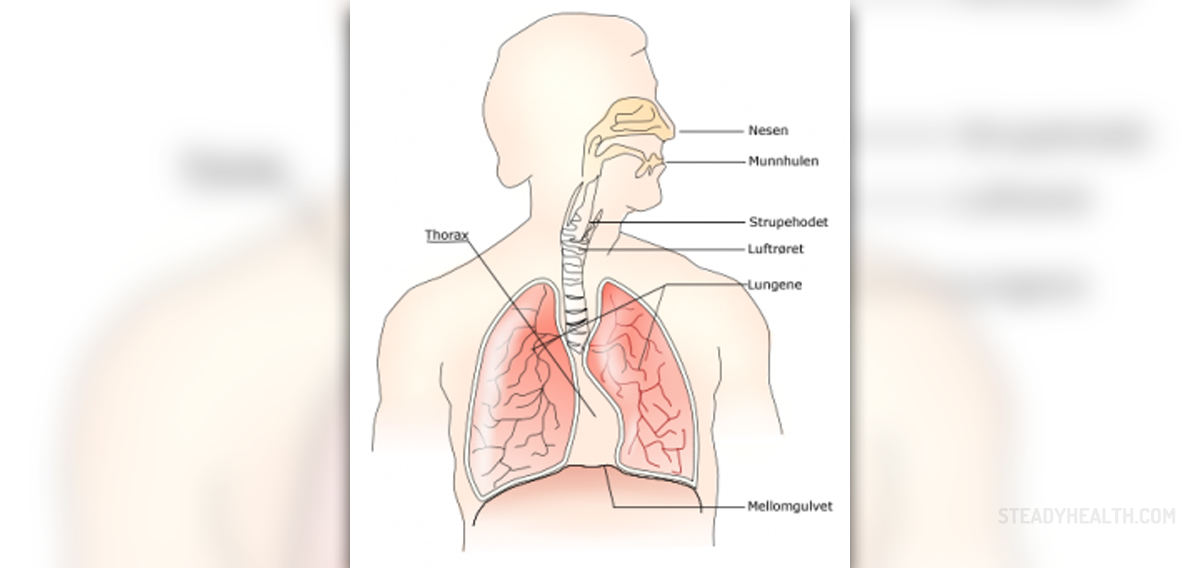
Respiratory system has one primary function: to supply the blood with oxygen in order for the blood to deliver oxygen to all parts of the body. Every living cell in the body needs oxygen to complete normal metabolic functions and stay alive. While a human breathes, the oxygen is inhaled, it binds to the hemoglobin molecules, and it is carried away to the rest of the body. When the blood travels back from the rest of the body to the heart, it collects carbon dioxide, a side-product of cell metabolism, which is exhaled by the respiratory system. The respiratory system in humans includes airways, lungs, and the respiratory muscles.
Mouth and Nose
The air enters the respiratory system through the mouth and nose. These parts of the body are connected through two tubes at the back of the throat. A nose is a protuberance in vertebrates that houses the nostrils, or nares, which admit and expel air for respiration in conjunction with the mouth. Pharynx is situated behind the nasal cavity and this is where the air passes before getting into the rest of the respiratory system. The nose has inner hairs whose function is to stop unwanted particles from entering the respiratory tract. Moreover, the nose contains mucus-secreting cells, to keep the surface moist and prevent drying of the skin. Once the air progresses through the mouth or nose, it travels through the oropharynx, nasopharynx, the larynx, the trachea, and a progressively subdividing system of bronchi and bronchioles until it finally reaches the alveoli where the gas exchange of carbon dioxide and oxygen takes place.
Lungs
Lungs are the most important and paired organs, located in the respiratory tract. The two lungs are located in the chest on either side of the heart. Their function is to transport the oxygen into the bloodstream and release carbon dioxide back into the atmosphere. Lungs are made of spongy and soft tissue that is protected with epithelium. The trachea divides into the two main bronchi that enter the roots of the lungs. Bronchi divide within the lung and gives rise to bronchioles. The branching continues until the level of terminal bronchioles, which lead to alveolar sacs. Alveoli are hollow cavities at the end of the respiratory tree, which are sites of the gas exchange with the blood as well. This is the place of gas exchange, where the blood brings the carbon dioxide from the body, and takes up oxygen to transport it to the living cells.




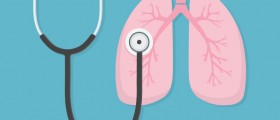


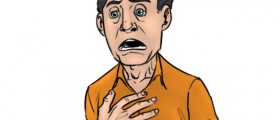


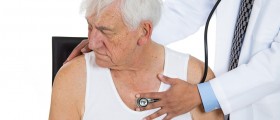


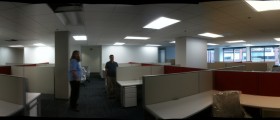
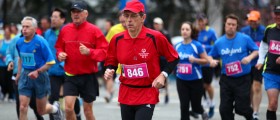
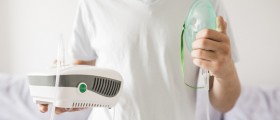

Your thoughts on this
Loading...